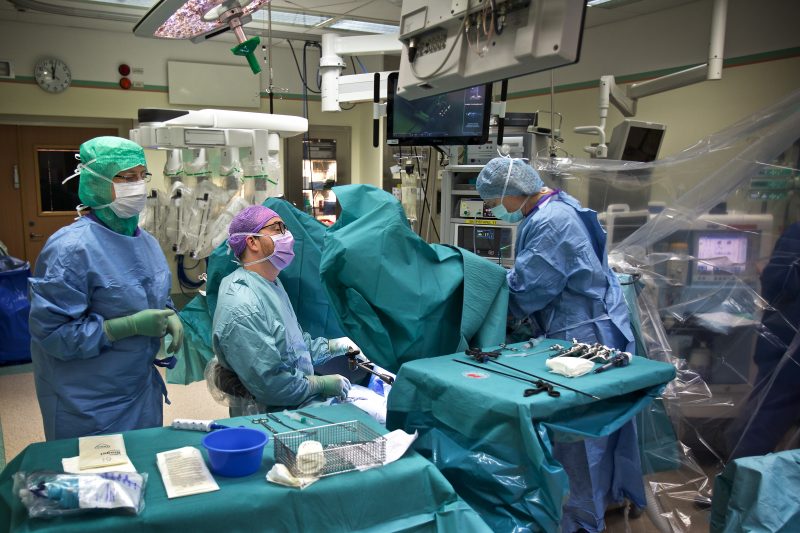Jag vill söka i kunskapsbanken
Råd & Stöd är namnet på Läkarförbundets kunskapsbank där du hittar den bästa rådgivningen inom lön, pension, avtalsfrågor med mera.
Till Råd och stöd
Jag vill söka bland vanliga Frågor och svar
De vanligaste frågorna som medlemmar ställer till oss har vi samlat på ett ställe, tillsammans med svaren. Hittar du inte svaret på din fråga, kan du ställa den via “Fråga oss”-knappen på sidan.
Till Frågor och svar

